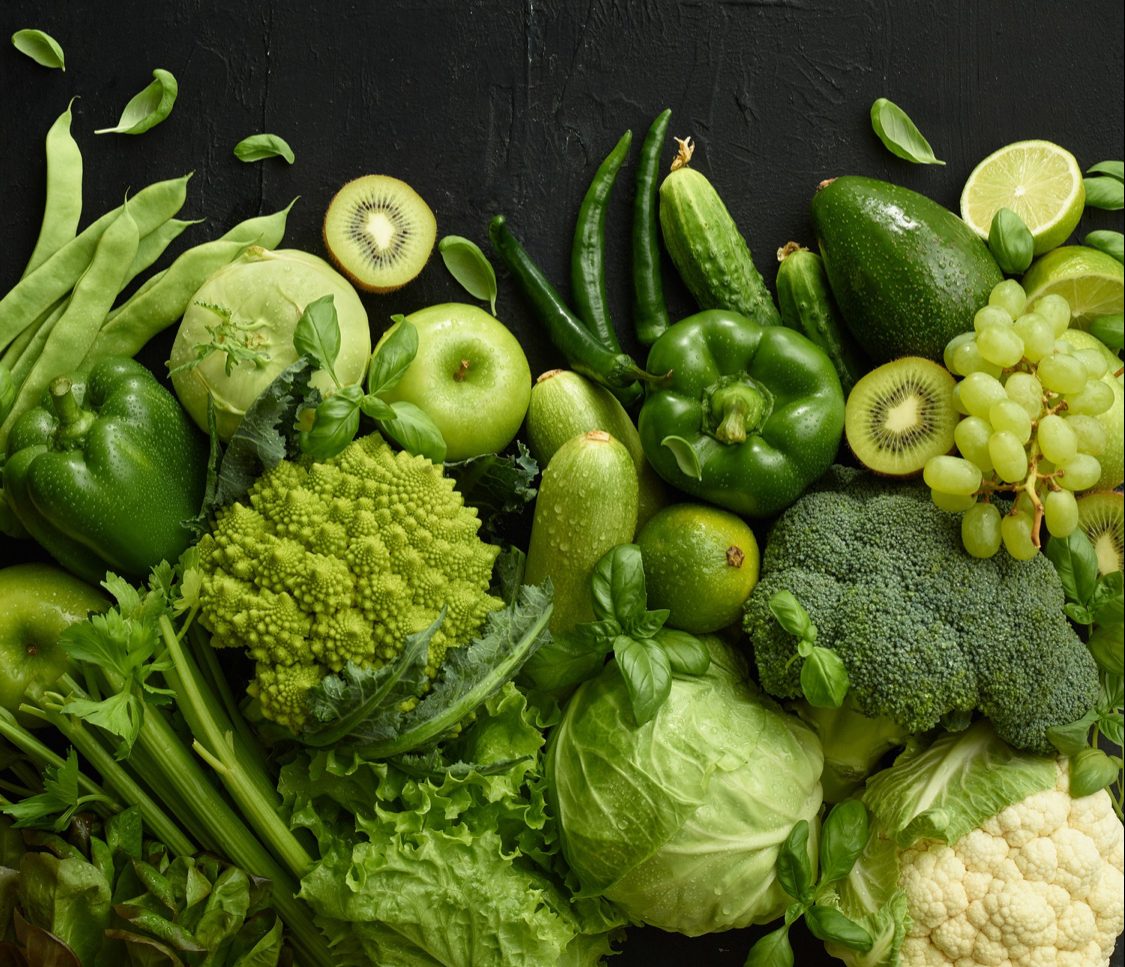Report
Tests in six districts of Chhattisgarh have reportedly revealed uranium levels in drinking water that are three to four times higher than the government’s limit of 30 micrograms per litre and the World Health Organisation’s (WHO) limit of 15 micrograms per litre. This raises concerns over the risk of kidney illnesses, respiratory problems, and malignancies.
In 2017, WHO had advised limiting uranium levels to less than 15 micrograms per litre, citing concerns with elevated levels. Moreover, as per a study by the Bhabha Atomic Research Centre, concentrations as low as 60 micrograms per litre are safe. Nonetheless, samples from Kawardha, Rajnandgaon, Kanker, Bemetara, Durg, and Balod showed more than 100 micrograms per litre, with Kanker having 106 and Balod 130 micrograms. The typical values were between 86 and 105.
Researchers collected samples from a 25-year-old borewell in Devtarai village, which lacks other water sources. Village chief Daneshwar Sinha said it was the students who discovered uranium in the water, prompting them to request more tests.
Concerns over Groundwater Contamination
The Bhilai Institute of Technology (BIT) verified the increased levels after analyzing samples from each of the six districts. In India, groundwater contamination has always been a serious issue. Twelve states that significantly contribute to wheat production, including Punjab and Haryana, had high levels, according to the Central Groundwater Board.
To combat this issue, researchers from BIT, led by Poonam Deshmukh, found that amla tree bark effectively removes uranium from water. Deshmukh published her findings in Groundwater for Sustainable Development in 2021. Although the method is promising, it remains unimplemented.
Chhattisgarh needs to adopt large-scale filtering techniques. The region has four uranium deposits classified as 100% grade, with three in Rajnandgaon, where contamination has been confirmed.
Source: NDTV
 Food Manifest
Food Manifest 













